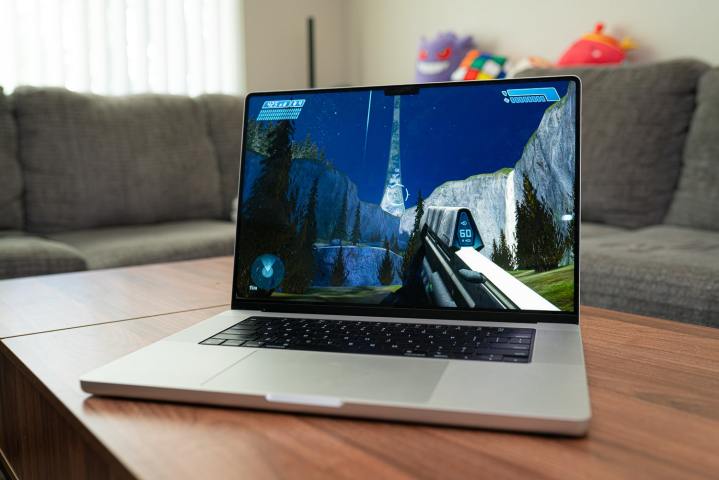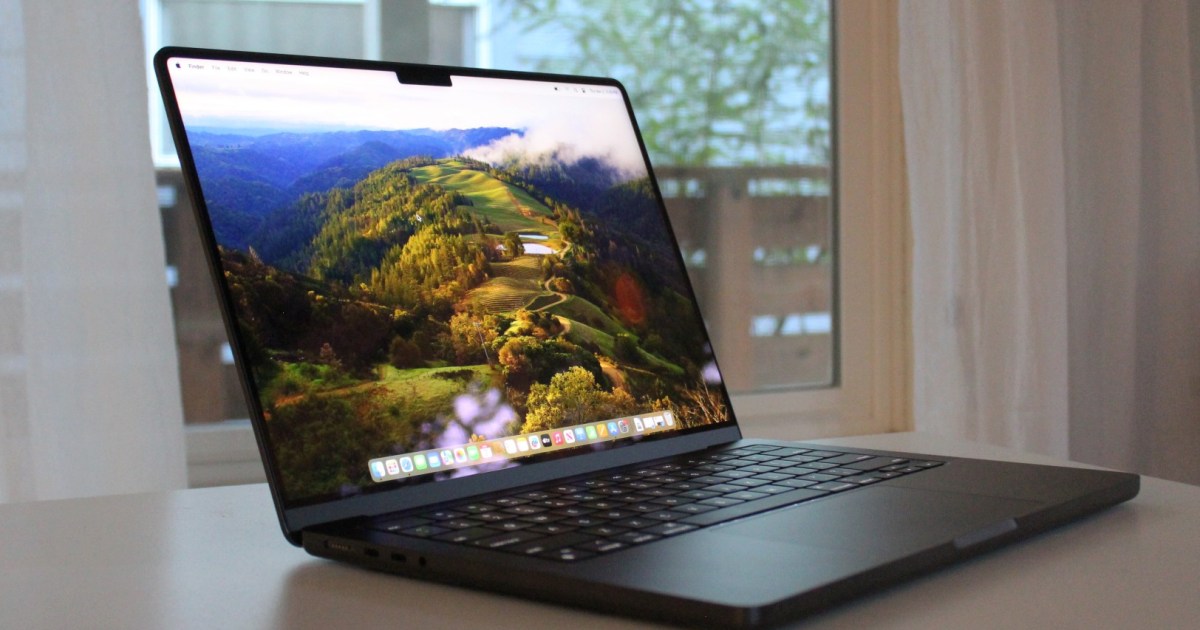The M4 iPad Pro has been launched, sparking curiosity about when the M4 chip will make its way to the MacBook Pro. Are we looking at a quick transition from the flagship iPad to Apple’s laptop, or will there be a significant delay before the upgrade?
We’ve delved into rumors to uncover answers and projections on the performance, features, and design that we can anticipate from the upcoming M4 MacBook Pro. If you’re keen on learning more about what’s in store, you’re in the right place.
Price and Release Date

Despite the recent introduction of the M4 iPad Pro, the release of a MacBook Pro equipped with Apple’s latest chip is not expected in the near future. It’s likely that we may have to wait until later this year for any announcements.
According to Bloomberg reporter Mark Gurman, the initial M4 MacBook Pro may debut around the end of 2024. Apple typically reveals Mac updates during events in October or November, making this timeframe a probable launch window. The entry-level 14-inch MacBook Pro is predicted to be first, possibly accompanying a new 24-inch iMac. Speculations also suggest that higher-end 14-inch and 16-inch MacBook Pro models with M4 Pro and M4 Max chips might follow, but the exact timing remains uncertain.
Regarding pricing, an increase is a possibility, although not confirmed. Recent trends show Apple raising prices for its MacBook Pro models, and a similar trend could continue with the M4 generation.
Display industry expert Ross Young expressed surprise at the affordability of OLED iPad Pros considering the cost of the OLED panels and M4 chip. While an OLED display may not be expected in the upcoming MacBook Pro, the inclusion of an M4 chip with enhanced capabilities could potentially lead to a slight price increase (around $100). However, this is merely speculation at the moment.
Performance

With the M4 chip already featured in the iPad Pro, we can draw insights into the expected performance and specifications of the M4 when it arrives in the MacBook Pro. For instance, the M4 in the iPad Pro boasts a 10-core CPU, a 10-core GPU, and a 16-core Neural Engine, which are likely to be mirrored in the MacBook Pro.
Apple highlighted at its Let Loose event on May 7 that the M4 is manufactured using a second-generation 3nm process, enhancing the power efficiency of Apple silicon. This should enable the next MacBook Pro to scale up its performance while maintaining optimal temperature control.
Apple claims that the M4’s CPU is 1.5 times faster than the M2, with the GPU offering four times faster rendering performance than its predecessor. The inclusion of dynamic caching, ray tracing, and hardware-accelerated mesh shading could significantly improve Mac gaming performance. These enhancements are expected to be carried over to the MacBook Pro once equipped with the M4 chip. However, details are scarce on the more advanced M4 lineup chips like the M4 Pro, M4 Max, and M4 Ultra, pending further insights from Apple.
The upgraded Neural Engine is anticipated to handle on-device AI functions efficiently, potentially outperforming cloud-based processes required by MacBooks with lower AI capabilities.
Features

The M4 chip in the iPad Pro features a built-in display engine, enhancing the OLED display’s precision, color, and brightness. Given that the MacBook Pro is expected to adopt the same M4 chip with the display engine, a transition to OLED displays in the MacBook Pro may be on the horizon.
However, expectations for an OLED MacBook Pro launch range between 2025 and 2027, suggesting a wait for the flagship laptop’s upgrade. While an initial memory configuration starting at more than 8GB would be ideal, past patterns observed in the iPad Pro suggest that the M4 MacBook Pro may also start with 8GB of memory integrated into the chip.
Battery life enhancements may not be significant, as Apple tends to maintain similar battery output in successive Apple silicon laptops while focusing on improving performance. For instance, the M4 iPad Pro retains the same battery life as its predecessor, reinforcing this strategy.
Design

Rumors regarding design changes in the M4 MacBook Pro are scarce, suggesting that any alterations may be minimal. A continuation of the existing design from the M3 model could be a possibility, with potential additions like new colors not ruled out.
Speculations on enhancements to Thunderbolt ports or speed increases are currently based on pure speculation, with no concrete information available. Apple’s redesign cycle indicates that significant changes could be expected around 2025 or 2026, aligning with previous MacBook Pro redesign timelines.
The OLED MacBook Pro could be a more likely candidate for design changes, potentially introducing a thinner profile with the adoption of tandem OLED panels. Industry analysts suggest a shift towards slimmer MacBook Pro models across the lineup, aligning with Apple’s product strategy.
Software

Alongside hardware upgrades, the M4 MacBook Pro is expected to receive significant software enhancements. Apple Intelligence, the AI platform unveiled at WWDC in June 2024, promises comprehensive improvements across Apple’s operating systems. This includes features like email categorization, tone alteration, image generation, audio transcription tools, and a major overhaul for Siri.
Apple Intelligence is set to be integrated into macOS Sequoia, scheduled for release around October. Additional features such as iPhone mirroring, window controls, new apps, and more are expected to accompany the M4 MacBook Pro launch.
Some advanced Apple Intelligence features might not be available until 2025, delaying their integration into the M4 MacBook Pro. Rumors of an Apple Intelligence+ suite with enhanced AI functions are circulating, potentially requiring the advanced Neural Engine capabilities of the M4 chip.


